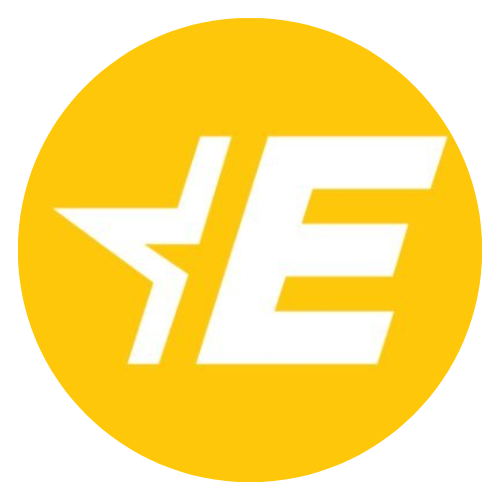Galileo: Europe’s homegrown satellite system
Since 2016, the European Union has been developing its own global navigation satellite system – Galileo. It provides precise location and timing data, relied upon by billions of users worldwide. Its signals support not just smartphones, but also critical sectors like transport, energy, agriculture, and finance. Estimates suggest that about 10% of the EU economy depends on such services.
The system includes 24 satellites orbiting 23,000 km above Earth, plus a sophisticated ground infrastructure. Fully EU-owned and civil-controlled, it differs from other global systems like the U.S. GPS. Most Galileo services are free and open to everyone.
Galileo offers services such as an open signal for mobile devices, an emergency response system that reduces the time to locate people in danger, high-precision positioning (up to 20 cm) for drones and autonomous vehicles, and secure signals for public authorities. This supports everyday operations in sectors from smart energy grids to banking, where accurate time synchronization is critical.
Second-generation Galileo is being rolled out, with twelve new satellites featuring upgraded atomic clocks, antennas, and in-orbit software updates. A Satellite Emergency Warning Service is also planned, set to deliver alerts about natural disasters and failures directly to mobile devices from 2025. These innovations aim to keep Galileo a pillar of European technological independence and security.
